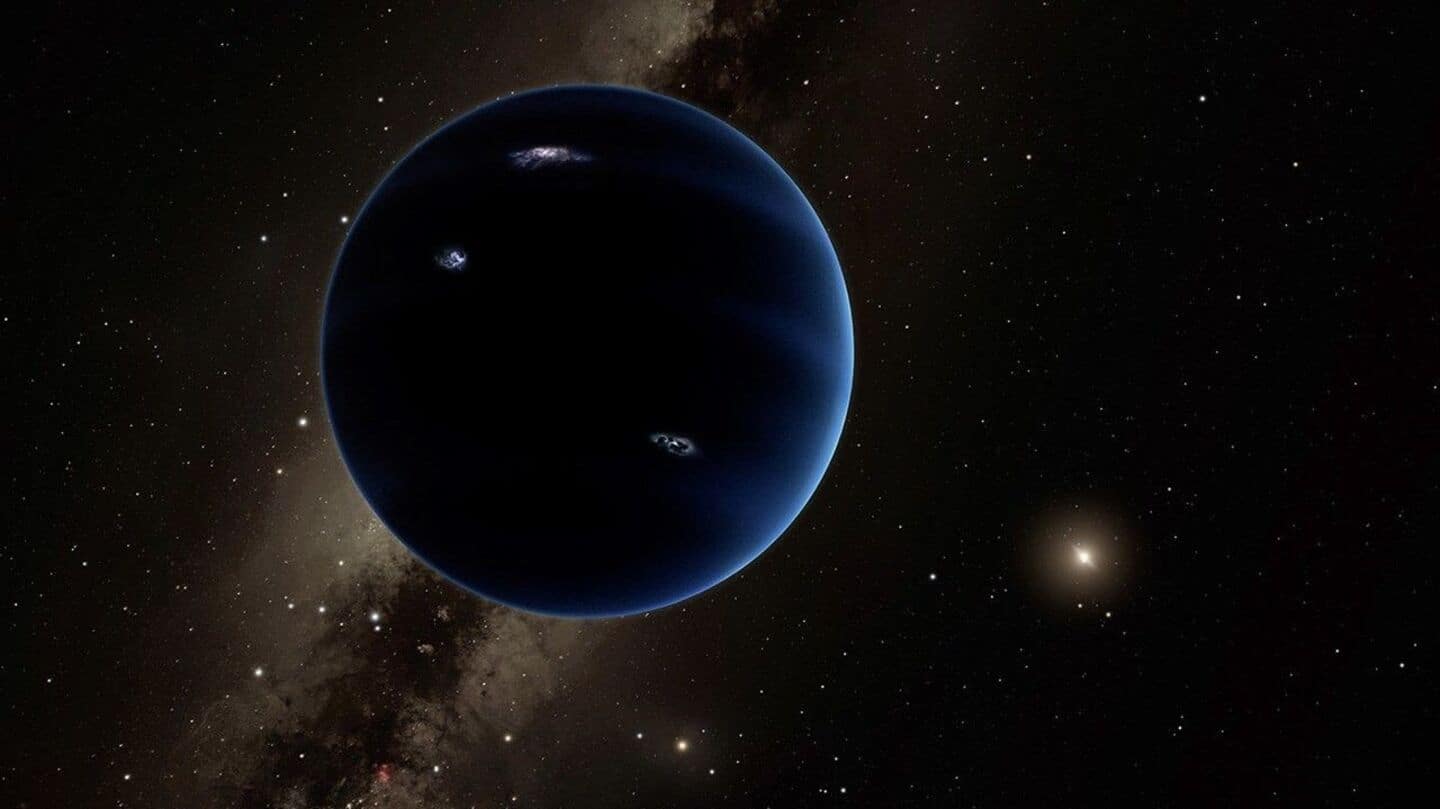
Is 'Planet Nine' real?—This telescope might finally have the answer
What's the story
Astronomers have long speculated about the existence of a ninth planet lurking in the outer reaches of our solar system.
Dubbed "Planet Nine," this hypothetical celestial body is believed to influence the orbits of distant, small objects beyond Neptune.
Despite years of searching, Planet Nine has remained elusive, hidden in the vast expanse of space.
Now, the imminent activation of the Vera C. Rubin Observatory in Chile offers renewed hope for its discovery.
Telescope
Vera Rubin to commence work this month
The Vera C. Rubin Observatory has been under construction for several years.
Perched atop a Chilean mountaintop, this state-of-the-art facility is poised to commence commissioning and fine-tuning of its instruments later this month.
It features a large-aperture, wide-field telescope fitted with the world's largest digital camera (over 3 billion pixels).
Its advanced capabilities make it uniquely suited to scan the sky for faint, distant objects like the proposed Planet Nine.
Evidence
Planet Nine's existence supported by unusual orbital patterns
So far, the only evidence of Planet Nine's existence has been the oddities in the orbits of small Pluto-like bodies.
These cosmic oddities could be explained by the gravitational pull of a large, unseen planet.
However, no one has directly spotted this elusive celestial body due to its extreme distance and faintness.
Caltech astronomer Mike Brown, a key advocate for the existence of Planet Nine, says the telescope is ideally suited for the search of this celestial target.
Detection potential
Vera Rubin Observatory's capabilities in detecting faint objects
Bob Blum, director of operations at the Rubin Observatory, said their telescope is large enough to spot faint objects.
It will scan nearly the entire southern sky every night with the world's largest digital camera.
The observatory's images will be processed by computer systems that constantly compare new images with previous ones, allowing it to spot any changes like Planet Nine's movement across the sky.
Expert opinions
Experts weigh in on Vera Rubin Observatory's potential
Scott Sheppard from Carnegie Science, one of the researchers who first suggested a large planet could be influencing the orbits of smaller solar system bodies, was optimistic about the observatory's potential.
He said, "Vera Rubin is our best bet to find it in the next few years."
Sheppard estimates there is a 70-80% chance of finding Planet Nine with this observatory.
Discovery challenges
Uncertainties surrounding Planet Nine's discovery
Sheppard emphasized the uncertainties associated with the discovery of Planet Nine, including its size, reflectivity, and distance. These will determine how bright it looks.
Even if the observatory doesn't directly spot Planet Nine, it could find other minor planets with orbits affected by the giant planet.
This could give more evidence for the existence of such a massive celestial body.
Astronomical confidence
Brown expresses confidence in Planet Nine's existence
Brown still remains "extraordinarily confident" about Planet Nine's existence.
He was convinced by an obscure gravitational effect he and his colleagues noticed and reported about a year ago.
As the year progresses, Brown expects the Rubin Observatory to start building up a baseline picture of the sky, and by year's end, it should have started detecting changes.
That's when they can get serious about trying to find Planet Nine.